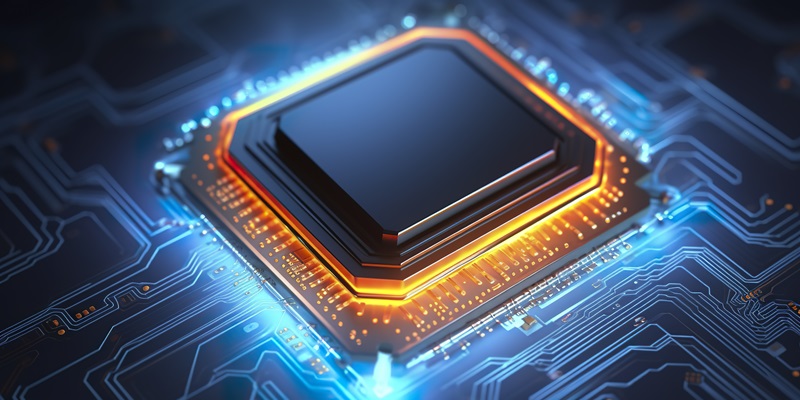The Qualcomm Snapdragon X Elite chipset is making waves as a transformative force in laptop AI computing. This innovation signals a shift where AI, once limited to big data centers, is now being integrated into consumer tech. Significantly, the Snapdragon X Elite shines in AI benchmarks, notably outstripping Intel’s Core i7 155H during tests with Stable Diffusion 1.5 in GIMP, where it generated complex images at a pace more than three times faster than its Intel counterpart. This leap in performance establishes a higher standard for what laptop chips can accomplish in AI tasks, reflecting a pivotal evolution in computing capabilities directly accessible to users. With such advancements, the Snapdragon X Elite is redrawing the landscape of AI in portable computing, making these sophisticated processes more accessible than ever before.
Qualcomm Ups the Ante in AI Performance
The Snapdragon X Elite’s remarkable efficiency in AI benchmarks is no mere fluke; it signals Qualcomm’s intent to carve out a significant niche in high-performance, AI-centric computing. This leap is particularly noteworthy as the industry is witnessing an accelerated integration of AI in everyday devices. Qualcomm’s NPU, an integral part of the Snapdragon X Elite, epitomizes this shift.
Comparing the Snapdragon’s AI prowess to Intel’s Core i7 reveals a broader trend. Intel has long dominated the laptop CPU market, but as the focus shifts toward specialized tasks such as AI, the conventional CPU architecture is being challenged. The Snapdragon X Elite, with its ARM-based architecture, not only signifies a new direction for Qualcomm but also augurs a transformative period where AI acceleration becomes a key selling point for new laptops, influencing purchasing decisions as strongly as traditional metrics like clock speed or core count once did.
A Balanced Perspective on Performance and Compatibility
The Snapdragon X Elite CPU showcases impressive AI capabilities, yet these metrics alone don’t fully capture its complete performance range. While it excels in AI-specific tasks, these don’t necessarily represent its proficiency in other computational areas. A more comprehensive assessment through independent benchmarks is necessary to evaluate its overall performance.
Furthermore, its success isn’t just about raw power; compatibility with Windows on ARM is crucial. The Snapdragon architecture could revolutionize the laptop industry with its promises of longer battery life and potentially outperforming traditional CPUs. However, this hinges on the ability to smoothly run the wide spectrum of existing Windows software. Should the X Elite manage to deliver a comparable or superior user experience in terms of software use and compatibility, it could be game-changing. But, if it falls short on these fronts, the practical challenges could outweigh the benefits of its AI processing strengths in everyday computing.

